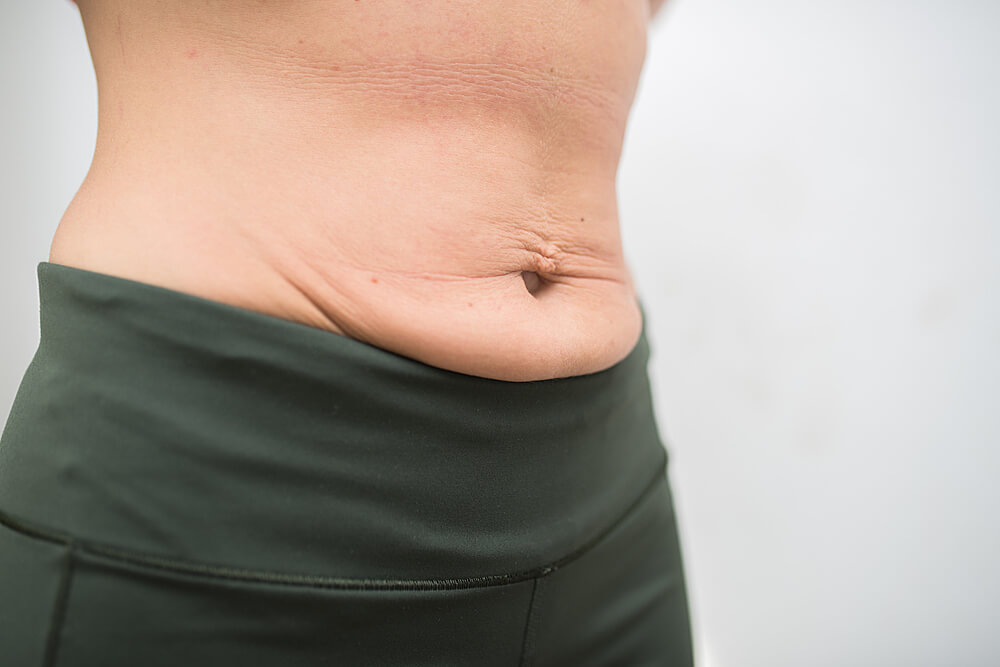Complication of liposuction

Liposuction is a cosmetic procedure, so most patients may feel frustrated when they encounter a side effect after the procedure. It is appropriate to explain all the possible complications that may occur after the procedure to the patient. Complications of liposuction include:
-
- Skin irregularities at the suctioned area is the most common complications
- post-operative bruising: it is one of the most common side effects, which may take weeks before complete resolution
- Post-operative seroma: it is a clear fluid accumulation under the skin following surgical procedure, post-operative seroma took some time before complete resolution and healing
- Post-operative transient weight gain
- Deep venous thrombosis is one of the serious side effects of the surgery and may progress to even more serious condition as pulmonary embolism
- Fat embolism
- Local anesthesia toxicity: one of the serious side effects, and due to the procedure technique, it may pass unnoticed until more serious side effects develop
- Hematoma, hyperpigmentation, and local skin necrosis
- Skin color changes is common with superficial liposuction techniques
A study by Sieffert et al. founded that; obese patients who undergo plastic surgeries as liposuction are susceptible to develop more adverse effects and complications in comparison to non-obese patients, with increase the risk of patient readmission within thirty days after the surgical procedure.
A study by Kaoutzanis et al showed that; liposuction is a safe procedure with low incidence of major complications, but when combined with other cosmetic surgery as abdominoplasty, the incidence of complications increases. The most common complications after liposuction include:
-
- Hematoma 0.15%
- Pulmonary complications 0.1%
- Infection 0.1%
- Deep venous thrombosis 0.006%
- When liposuction is combined with other surgery, the relative risk is 4.81


